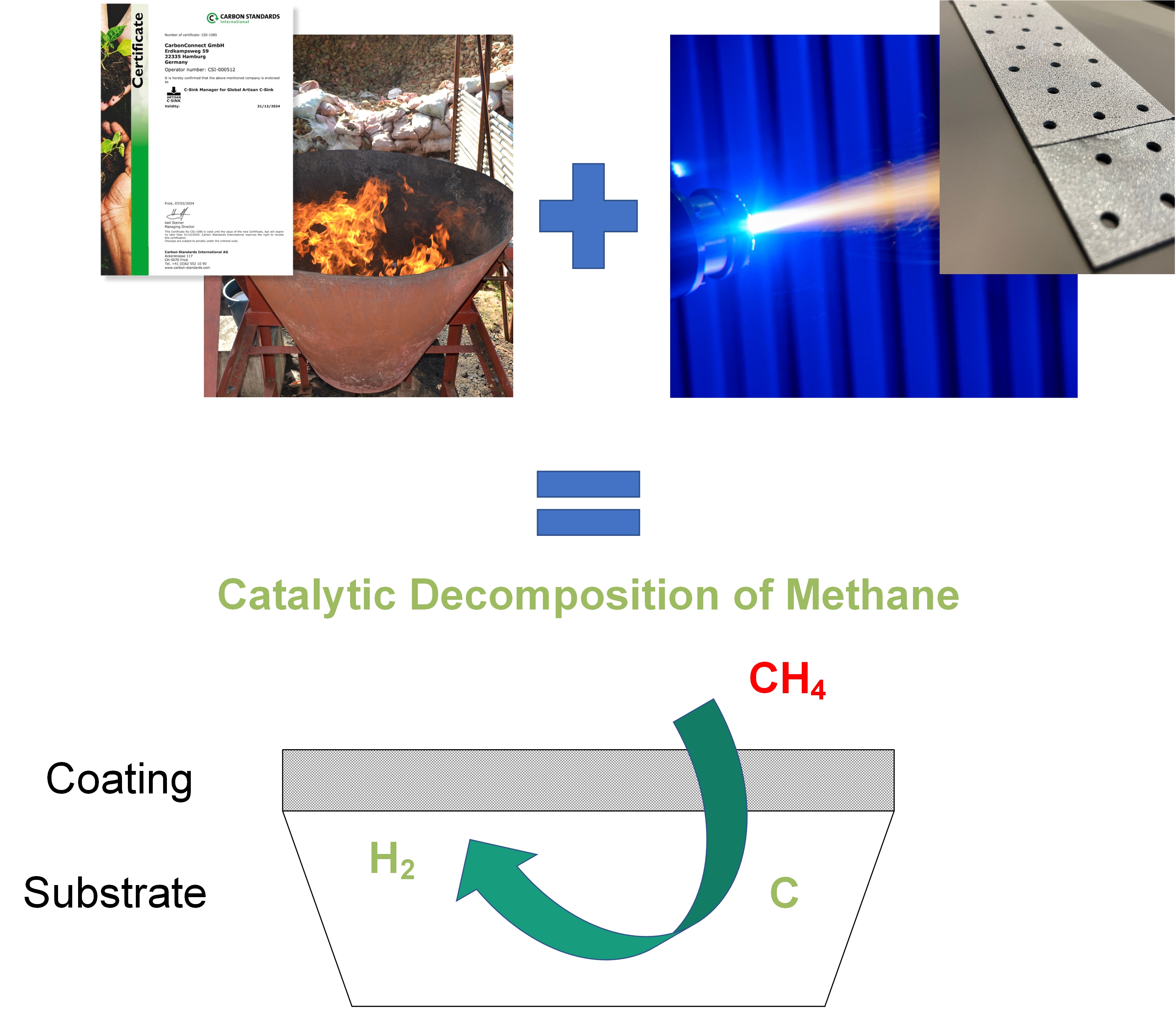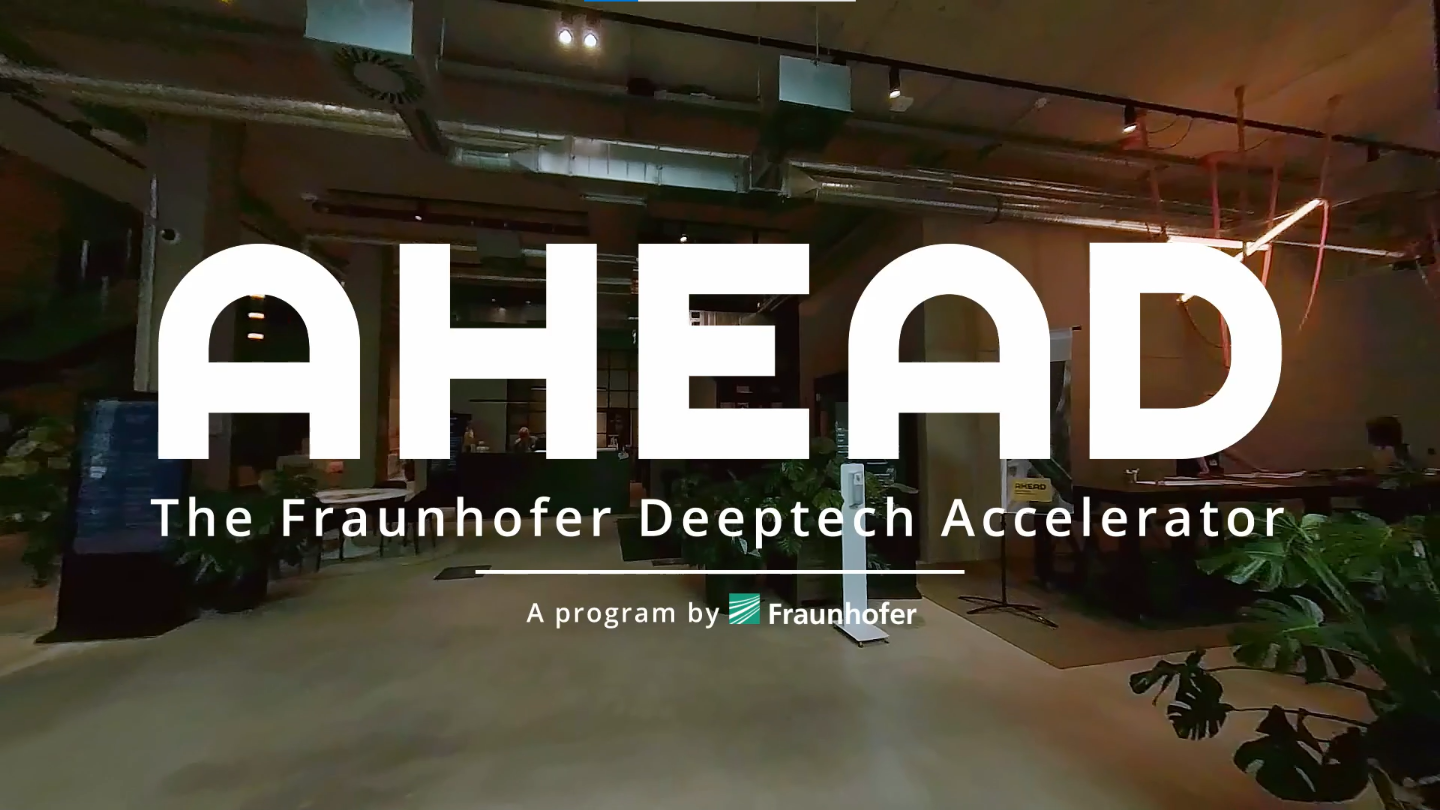Development of circular carbon removal projects using optimized Kontiki-Kilns by innovative coating technology (Kiln Coatings)
By 2030, emissions must not only be drastically reduced, but additional greenhouse gases must be sequestered and stored for the long term. The challenge is to increase productivity while reducing ecological impact. In addition to efforts to reduce emissions, the Intergovernmental Panel on Climate Change (IPCC) advises that from 2030, carbon sequestration by the agricultural sector will be critical to meet the 1.5-degree pathway. Achieving this ambition will require an expansion of the crop spectrum as well as a change in cropping systems and waste management. The newly emerged Carbon Dioxide Removal (CDR) Sector faces a dramatic shortage in supply. The upcoming biochar sector enables agricultural operations to absorb large amounts of CO₂ and has enormous potential to supply CDR certificates. Waste residues are one of the most widely available input materials for producing biochar. These can occur in various forms, such as in several forms such as municipal wastes, wood wastes, agricultural and energy crops, and their waste products. In particular, lignocellulosic residues resulting from agriculture and forest crops offer many possibilities as raw materials to produce biochar, and thus also CO2-Certificates, that can play a main role in tackling climate change.

The project focuses on the application of thermal spraying. The innovative technology aims to reduce methane emissions during the pyrolysis process and pave the way for a greener, more sustainable future. Methane is a potent greenhouse gas, with a global warming potential more than 25 times greater than that of carbon dioxide over a 100-year period. By reducing methane emissions from biochar production, we can significantly mitigate its contribution to climate change. In this way, we can increase the positive impact of such Biochar projects and also significantly increase the value of the resulting certificates. For this purpose, thermal spray coatings with catalytic properties are being developed to convert the methane into less harmful by-products. The coatings are designed to be applied cost-effectively to key components of the pyrolysis process, such as reactors, kilns and chambers. This is a groundbreaking advance in biochar production technology and contributes to a cleaner, greener planet for future generations.
 Fraunhofer Institute for Large Structures in Production Engineering IGP
Fraunhofer Institute for Large Structures in Production Engineering IGP